Louise Kulzer lives in Seattle. She first discovered insects while taking an introductory entomology class at the University of Kansas in Lawrence way back in 1971. Although dismayed at the paucity of bugs in the maritime Northwest, she's managed to keep an eye out for insects while pursuing a career as a water quality specialist and mother of three boys (now grown). She has a bachelor's degree in Systematics and Ecology from KU and a Master's in Public Administration from the University of Washington. She currently works for the City of Seattle, directing the City's Surface Water Quality team. In addition, she pursues native plants and birds, and appreciates the zany in all things.

©Margaret Mead
Born in a small town in the Midwest, Tatoosh Taktoe realized early-on that "Main Street" was not to her liking. Driving west in a '58 Chevrolet with 3 school friends shortly after high school graduation, she found the mountains, deserts and coastal strand much more exhilarating. She's made the Northwest her home for over 30 years, and has become an accomplished local naturalist. Her interests focus around peatlands and the Siskiyou region of southwest Oregon, both areas of unique interaction between the biotic and abiotic. Among her favorite native plants are sundews and orchids, notably the bog candle, Haberneria dilatata, Mountain lady slipper, Cypripedium montanum, and the "chatterbox" orchid, Epipactum giganteum. Tatoosh has a long-standing interest in bugs as an offshoot of a career as an aquatic biologist. She has an eye for bugs of distinction - creatures such as snakeflies, phantom crane flies and Parnassian butterflies - and of course, the mistletoe hairstreak!
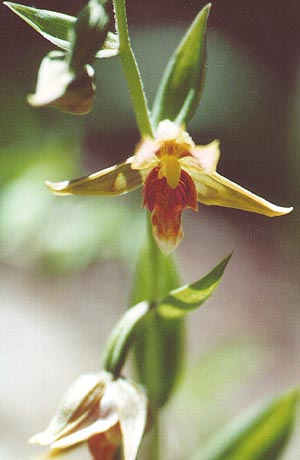
©T. Taktoe
Rod Crawford went to the University of Washington in 1970 as an undergraduate -- and never left. His interest in spiders led him to volunteer at the Burke Museum in 1971, and today he's the curator of arachnids there. He has published widely on spiders, harvestmen, and cave biology, and has edited Scarabogram (newsletter of The Scarabs) since late 1985. Holding tens of thousands of live spiders in his bare hands has brought him a lifetime total of three real spider bites, all insignificant. Nonetheless, people keep telling him that spiders (who knows why) crawl into their beds and bite them every night! Such widespread foolishness led him to create the Spider Myths Web Site. He worships the domestic cat and is involved with such cat rescue groups as Friends of Campus Cats and MEOW. He's also a fan of pre-1960 movies, of which he's seen several thousand.
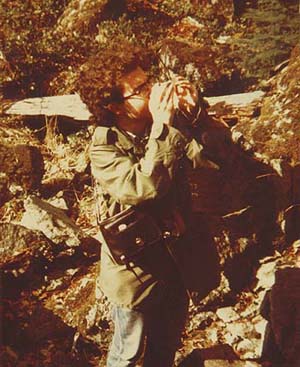
©Hank Ramsey
Sharon Collman has been studying and photographing insects that feed on plants, insect pests and beneficials, plant problem diagnosis and the arthropod residents in her garden for over 40 years. Her garden is a teaching and learning garden which is occasionally opened to student and garden groups.
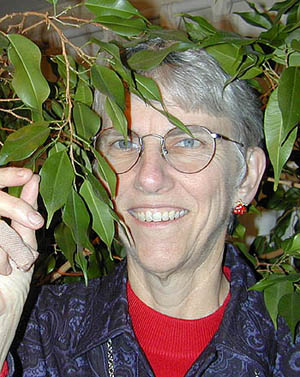
© L. Kulzer
Dave Pehling is a zoologist who has been studying and teaching about insects for WSU Extension in Snohomish County since 1978. Special interests include insect pest management, arthropod parasites (especially mosquitoes) and pollinators. In addition to entomological work, Dave taught vertebrate pest management for the WSU Master Gardener and Livestock Advisor programs in several western Washington Counties and was webmaster of the WSU Extension Snohomish County website and "WSU Gardening in Western Washington".

© WSU Cooperative Extension
Nel Mascall was born in the Netherlands and trained there and in Belgium as an artist. Her first interest in insects was in their esthetics, their intricacies of form, their textures and colors. She used insects in her drawings and prints, and kept some tropical cockroaches in a jar as models. She married an American, and they settled in Seattle where Nel became a teacher. She deepened her interest in insects by taking the undergraduate entomology class at the University of Washington and by becoming a Scarabs member.
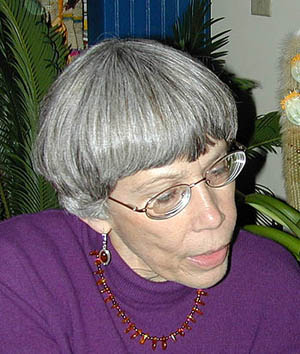
© S.J. Collman
Vickie Galloway discovered a love for insects as a result of her love of gardening. The two go hand in hand. As a WSU Master Gardener and horticulture student, she has spent hours observing and studying the insects in her own garden. One thing led to another, and soon she was raising crickets, assorted stick insects, and even a tarantula in her kitchen. So much fun to scare her friends with! Insects are so incredibly interesting and beautiful - she has a mission to teach others to love them too. Besides insects, Vickie is crazy about art, photography, reading, arts and crafts (especially stuff with bugs), painting, etc. She does the craft table at the Burke Museum's annual Bug Day, and works the night shift as an RN.
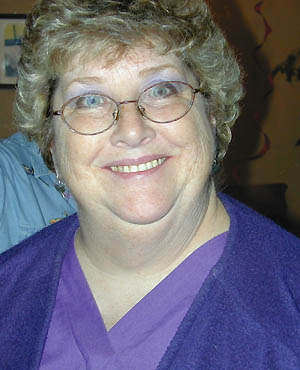
© S.J. Collman
Evan Sugden was born in Salt Lake City and raised close to nature, including plenty of arthropods, in the Wasatch mountain foothills. His mother and biologist uncle encouraged him in entomology, which he pursued through the University of Utah and, eventually, doctoral work at the University of California, Davis. He lived and worked in the United Arab Emirates for a year as an experimental beekeeper, collected avidly and sent thousands of desert insects to the Bohart Museum of Entomology at U.C. Davis. After a two-year post-doctoral project on honey bee interactions with native bees at the Australian Museum in Sydney, Evan worked for the California Exotic Pests Office on fly eradication projects; for the USDA on Africanized honey bees; and on bee parasites at Kentucky State University, before moving to Puget Sound in the mid-1990's. He taught insect biology at the University of Washington and now runs a small business focusing on insect education, pollination, and solitary bee cultivation. When not involved in entomology he enjoys mountaineering, kayaking, skiing, gardening, and homebrew. However, arthropods work their way into these pursuits as well.
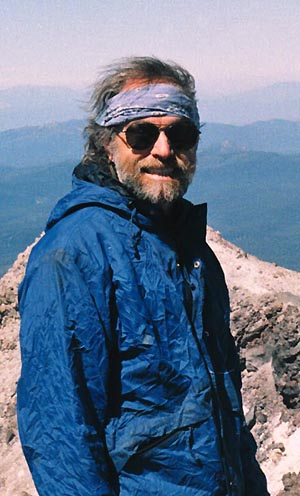
© Evan Sugden
Robert Michael Pyle was born in 1947 in Denver and raised in Aurora, Colorado. His BS and MS (University of Washington) were followed in 1976 by a Ph.D. from Yale. In 1971, during a Fulbright Fellowship at Monks Wood Experimental Station, England, Pyle founded the Xerces Society for invertebrate conservation, and later chaired its Monarch Project. Bob has worked as butterfly conservation consultant for Papua New Guinea, as Northwest Land Steward for The Nature Conservancy, and as guest professor or writer at colleges and universities. He has lectured for scientific, literary, and general audiences in many cities and countries. He received a 1997 Distinguished Service Award from the Society for Conservation Biology. Pyle has published 12 books and hundreds of papers, essays, stories, and poems. In 1979, Pyle moved to the rural community of Gray's River, Wahkiakum County, far southwest Washington. He still lives there and produces new books regularly.
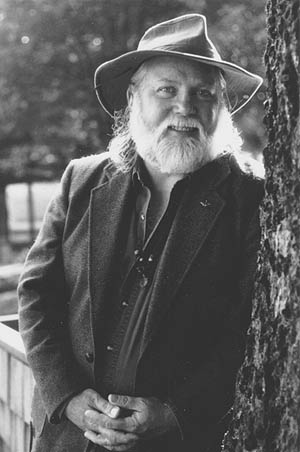
© Thea Linnaea Pyle